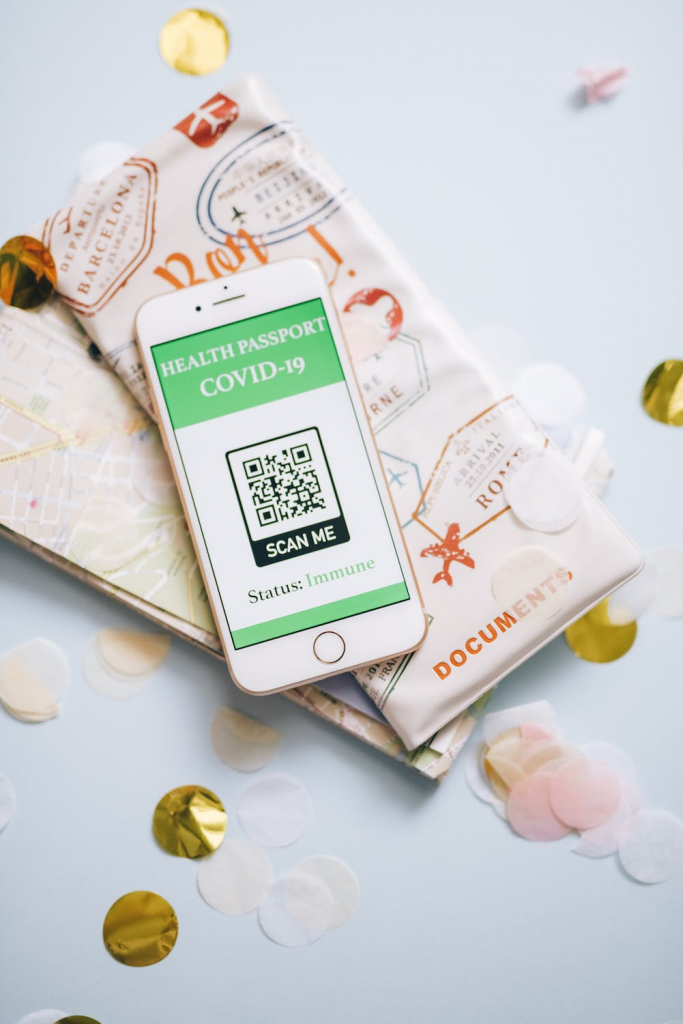
Quick Response (QR) codes are everywhere these days, from product packaging to advertising billboards. These two-dimensional barcodes have transformed the way businesses and consumers interact, making it easier to access digital content with just a scan. But how did these codes come to be, and why are they so effective? Dive into the world of QR codes and explore the power behind these small, patterned squares.
Origins of QR Codes
QR codes were invented in 1994 by Denso Wave, a subsidiary of Toyota. Initially designed to streamline the car manufacturing process, they tracked vehicles and parts more efficiently than traditional barcodes. However, as mobile technology evolved, QR codes quickly branched out to various industries, bridging the physical and digital worlds.
The Evolution of QR Codes
Since their inception, QR codes have undergone significant transformation. From automotive tracking tools in Japan, their application spread globally, touching almost every industry. The smartphone era saw a rapid surge in QR code popularity. Companies, seeing the potential, began integrating QR codes into advertising, product labels, and large-scale campaigns.
Anatomy of a QR Code
At first glance, QR codes appear as random square patterns. However, there’s intricate design logic behind each one. Three square markers at the corners aid scanners in identifying the code’s orientation. The smaller squares, or data modules, represent binary code, encoding the stored information.
QR codes come in various versions, each with its data storage capacity. They can hold everything from numeric and alphanumeric to binary data. The data amount depends on its version, data type, and the error correction level.

Benefits of Using QR Codes
Challenges and Solutions
Every technology has its pitfalls, and QR codes are no exception. Security remains a significant concern. Malicious codes can redirect users to harmful sites or trigger unwanted downloads. However, safe scanning practices and awareness can mitigate these risks. Trustworthy sources, such as the QR Code Generator, are pivotal when generating or scanning QR codes.
Moreover, QR code unfamiliarity can deter potential users. Hence, clear instructions or demonstrations can make a world of difference.
The Future of QR Codes
Recent global events have accelerated QR code adoption. They’ve become indispensable in sectors like hospitality for touchless menus and health for contact tracing. With technology’s progression, we anticipate tighter integration of QR codes with augmented reality, offering richer content post-scan.
In retail, QR codes may soon facilitate virtual experiences. Imagine scanning a code and virtually “trying on” apparel through augmented reality.

QR Codes in Everyday Life
Daily life has seamlessly woven QR codes into its fabric:
Best Practices
Parting Thoughts
QR codes, with their simplistic design, pack a potent punch. As they continue to evolve, one thing remains constant: their ability to make our digital interactions more effortless and integrated. And with tools like the QR Code Generator, creating them has never been easier.